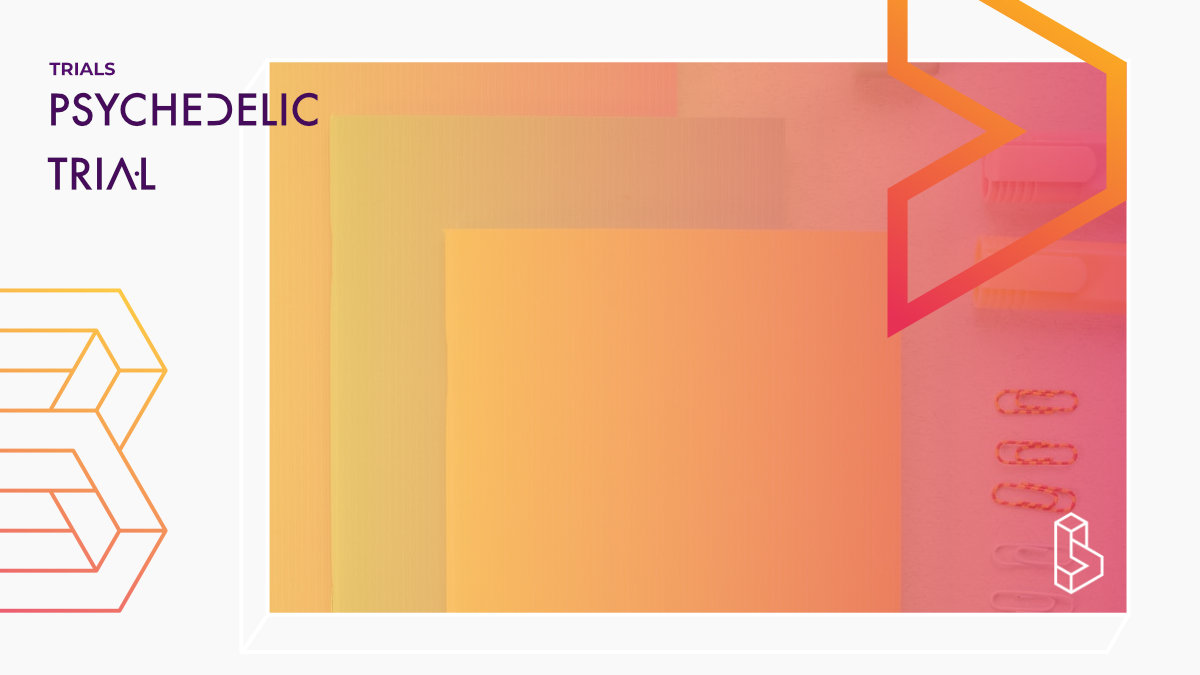This double-blind, placebo-controlled trial (n=40) aims to investigate the potential neurophysiological synergy effects between mindfulness meditation and psychedelics, particularly Ayahuasca, on experienced meditators.
The study will use functional MRI imaging, psychometric assessments, and experiential interviews before and after a three-day meditation retreat. Participants will be randomly assigned to one of two groups, one receiving DMT and harmine during sitting meditation on the second day, while the other group receives a placebo. Pre- and post-measurements of MRI imaging and psychometric questionnaires of the DMT/Harmine group will be compared to those of the placebo control group. The study aims to provide a comprehensive understanding of the neurophenomenology of rare and inaccessible phenomena of consciousness.
Trial Details
The investigators are doing this project to investigate potential neurophysiological synergy effects between mindfulness meditation and psychedelics. Previous studies have found that both mindfulness and psychedelics like psilocybin modulate neural activity and connectivity of the same brain network. However, little is known about the potential interactions between mindfulness meditation and psychedelics. The indigenous plant preparation "Ayahuasca" is particularly interesting for the combination with mindfulness meditation. It contains two components, N,N-dimethyltryptamine (DMT) and harmine, which are very similar to the body's own messenger substance serotonin and increase its effect in the body. The investigators would now like to find out how these corresponding networks change in experienced meditators after DMT/Harmine-enhanced mindfulness meditation and how this affects their subjective experience. For this functional MRI imaging will be performed, as well as psychometric assessments and detailed experiential interviews before and after a three-day meditation retreat. Participants will be randomly assigned to one of two groups. One group receives DMT and harmine during the sitting meditation on the second day, the other group receives a corresponding placebo. Neither the participants nor the investigator know who will receive a placebo or the combination of DMT/harmine on the day of the experiment. The pre- and post-measurements of the MRI imaging and psychometric questionnaires of the DMT/Harmine group are compared with those of the placebo control group. By examining the synergistic effects of mindfulness meditation and DMT/harmine, the aim of this study is to contribute to a comprehensive understanding of the neurophenomenology of rare and inaccessible phenomena of consciousness.Trial Number NCT05780216
Sponsors & Collaborators
University of ZurichWithin the Department of Psychiatry, Psychotherapy and Psychosomatics at the University of Zurich, Dr Mialn Scheidegger is leading team conducting psychedelic research and therapy development.
Papers
Meditating on psychedelics. A randomized placebo-controlled study of DMT and harmine in a mindfulness retreatThis double-blind, placebo-controlled study (n=40) investigates the effect of DMT-harmine ('pharmahuasca') on meditative states during a 3-day retreat with experienced meditators. It finds that participants who received DMT-harmine reported greater mystical-type experiences, non-dual awareness, and emotional breakthrough during acute effects, as well as greater psychological insight one day later, compared to the placebo group.

